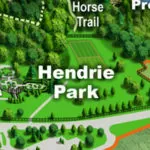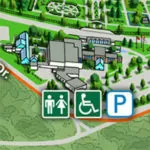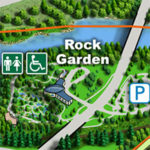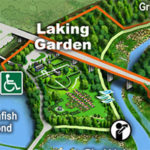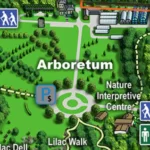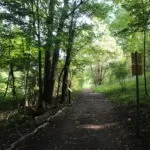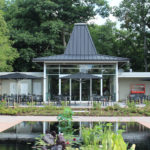| Membership | Price |
|---|---|
| Student | $55/year |
| Single | $85/year |
| Single Plus | $120/year |
| Family | $130/year |
| Family Plus | $175/year |
| Contributing | $250/year |
| Supporting | $500/year |
| Sustaining | $1,000/year |
| Benefactor's Circle | $2,500/year |
| Director's Circle | $5,000/year |
| President's Circle | $10,000/year |
Spongy Moth Management
About Spongy Moths
Lymantria dispar dispar (formerly known as Gypsy Moth or LDD) is a non-native invasive pest that was introduced in the late 19th century. It was first discovered in Ontario in the 1960’s and has been a major defoliator of deciduous and coniferous trees across Southern Ontario.
Through monitoring efforts, our terrestrial ecologists and gardens staff have been able to identify hotspots for Spongy moth egg masses throughout our nature sanctuaries and garden areas. The fuzzy brown egg masses were laid this past summer and are waiting for enough accumulated warmth for the caterpillars to emerge. In each egg mass there can be up to 1,000 eggs!
The larvae (caterpillars) of the Spongy moth feed on the leaves of hundreds of trees and shrubs but tend to prefer oak trees. Since oaks are a staple in the Carolinian forest and incredibly important to native wildlife and insects, these non-native pests are threatening our ecosystem.
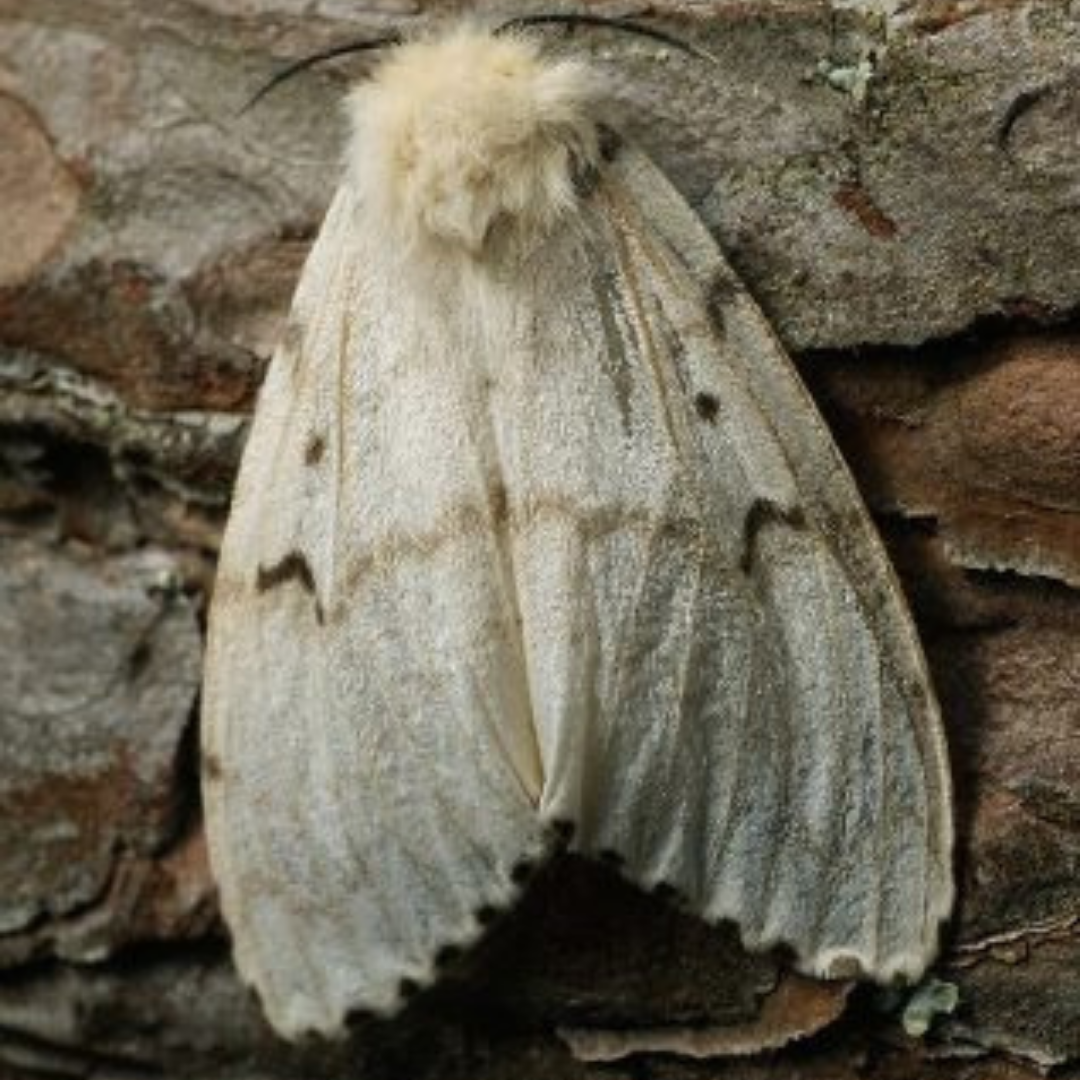
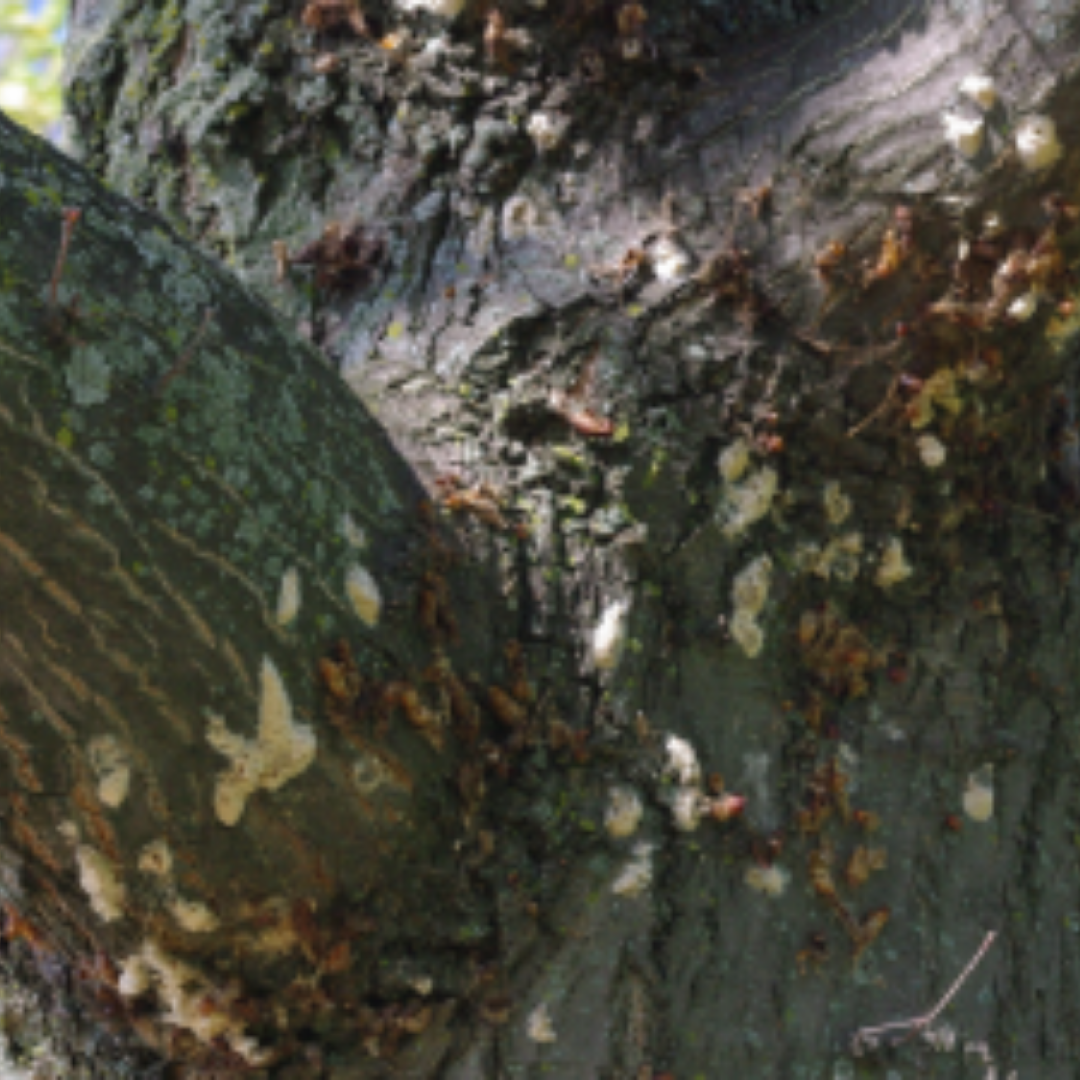

2022 Spongy Moth Spraying
During the weeks of May 15 – June 10, a low-flying helicopter will be applying a bio-pesticide to control Spongy Moth caterpillar populations. This will take place over a part of Royal Botanical Gardens’ (RBG) natural land properties and the Arboretum. Each location will receive two applications 7-10 days apart.
First confirmed spray date: Tuesday, May 24; Approximately 7 a.m. to 10 a.m.
Second confirmed spray date: Thursday, June 2; Approximately 5 a.m. to 9:30 a.m.
Areas will be inaccessible while sprays are being conducted.
Sprays will be conducted in Hendrie Valley and the forested areas of Rock Garden before moving to the Arboretum, followed by North Shore of Cootes Paradise and then Berry Tract nature sanctuary.
Areas in Hamilton include:
- Arboretum
- North Shore Cootes Paradise Nature Sanctuary
- Berry Tract Nature Sanctuary
- Rock Garden (forested edges only)
Areas in Burlington include:
RBG’s contractor will apply a Class B pesticide, Foray 48B Biological Insecticide Aqueous Suspension, REGISTRATION NO. 24977 under the Pest Control Products Act (Canada), with active ingredient Bacillus thuringiensis subspecies ‘kurstaki’ (Btk).
Each location will receive two applications 7-10 days apart between May 15 – June 10, 2022 and take place in the early morning between 7 and 10 a.m. There will be no access to these properties during the time of application and trails will be closed.
The precise dates of the spray applications are weather dependent and involve specific timing to match the required life stage of the caterpillars. RBG will communicate spray dates at least 48-hours prior through RBG’s social media (Facebook, Twitter @RBGCanada) and on this webpage.
Residents can sign up to receive direct notice of spray application dates through:
• email; registration form below.
• or phone by calling 1-800-694-4769. Collect calls accepted; please dial “0” for general inquiries
Individuals who have concerns should take reasonable precautions to avoid exposure during a spray program in the same way they would avoid pollen or other airborne materials during days when air quality advisories are issued. Residents can also reduce exposure by staying indoors with windows and doors shut during the spray period if spraying is taking place in their area, although this is not required by health officials.
In addition to the aerial spray, staff eradicate egg masses through hand removal, scraping egg masses off tree surfaces and placing them in soapy water. Once eggs have hatched into caterpillars, burlap wrapped around the tree trunks help capture the caterpillars which are removed by hand and placed in soapy water.
Learn more about RBG forest areas and conditions.
2022 Spray Zones

Submit a Notification Request
Submit your contact information to be notified when exact spray dates have been determined.
About Btk
Bacillus thuringiensis ‘kurstaki’ (Btk) is a soil-borne bacterium that is applied to the leaves of affected trees while caterpillars are in their early stages of development. Once ingested, the bacterium disrupts the caterpillars’ digestive system with cessation of eating within 24-48 hours. Within days, caterpillars that have ingested Btk will succumb to its effects.
Btk does not have any negative effects to humans, birds and other wildlife or bees. Btk will affect other caterpillar species (known as non-target species) who are at the same life stage. Due to its low residual nature and the narrow spray window of pest development, the non-target impact is expected to be low.
Tree Skirting
Tree skirting is another method RBG uses to protect leaves from being eaten by caterpillars without harming other creatures. Spongy moth caterpillars typically feed during the night, and during the day they seek shelter on the ground. When they climb back up the tree to feed, they end up trapped under the skirt. By stopping the Spongy moths in their caterpillar stage, they can’t breed and contribute to future generations of moths.
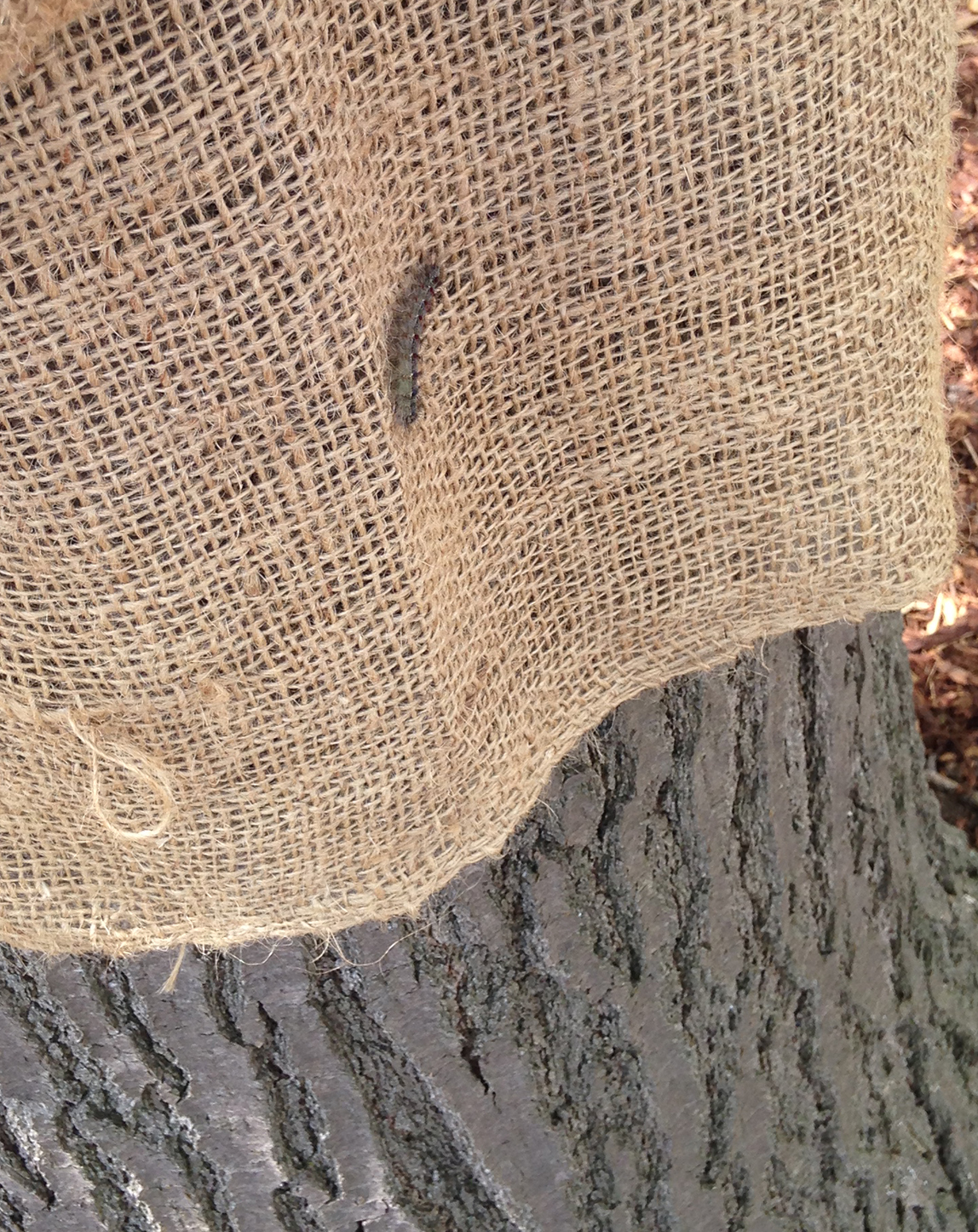
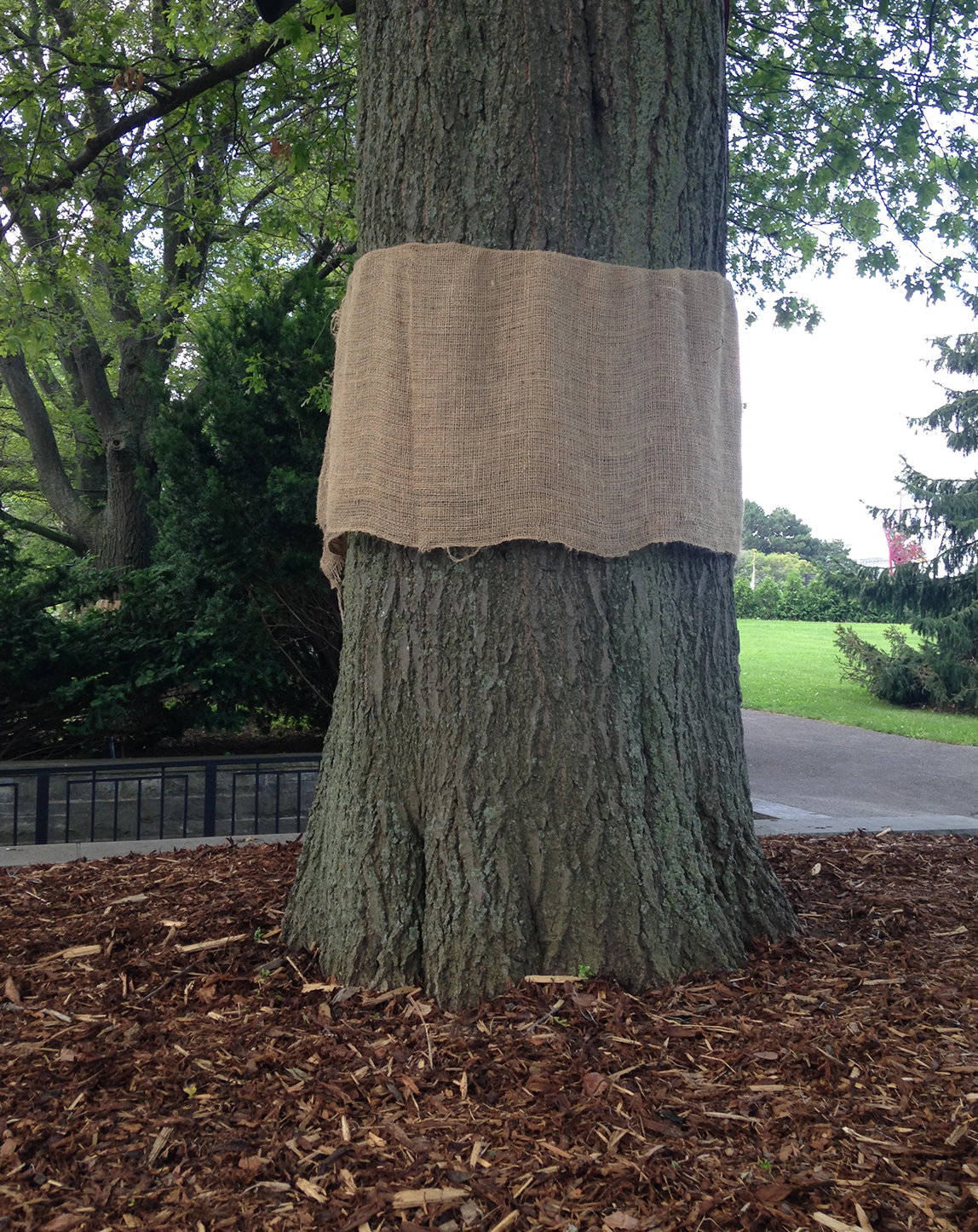
Further Resources
Visit the City of Hamilton or City of Burlington websites for more information on the spray programs for our local municipalities.
F.A.Q.
Is Btk Safe? Can it hurt humans or other wildlife?
Btk does not have any negative effects to humans, birds and other wildlife or bees. Btk will affect other caterpillar species (known as non-target species) who are at the same life stage. Due to its low residual nature and the narrow spray window of pest development, the non-target impact is expected to be low.
Individuals who have concerns should take reasonable precautions to avoid exposure during a spray program in the same way they would avoid pollen or other airborne materials during days when air quality advisories are issued. Residents can also reduce exposure by staying indoors with windows and doors shut during the spray period if spraying is taking place in their area, although this is not required by health officials.
How much notice will I have before the spray?
The precise dates of the spray applications are weather dependent and involve specific timing to match the required life stage of the caterpillars. RBG will communicate spray dates at least 48-hours prior through RBG’s social media and at rbg.ca.
Residents can sign up to receive direct notice of spray application dates through:
• email; sign up form above.
• or phone by calling 1-800-694-479. Collect calls accepted; please dial “0” for general inquiries
What can I do to control the Spongy Moth population at home?
While these invasive moths are a common invader in our nature sanctuaries, they are often found in urban settings as well. You may find egg masses on your outdoor furniture, camping equipment, trailers, as well as on the bark of trees. They tend to prefer sheltered areas and the underside of branches.
Hand removal by scraping off the egg masses and disposing of them is a simple way to get rid of them from surfaces in your backyard and help control their population. We recommend wearing safety glasses when removing the eggs since the fuzzy protective cover on the masses can be an eye irritant. Soak any collected egg masses in soapy water for 24–48 hours before disposing of them to ensure the caterpillars won’t emerge.

